Paper Mario is a series which launched almost two decades ago on the Nintendo 64 and has since spawned six mainline entries, the latest of which, Paper Mario: The Origami King, is set to release next month on the Nintendo Switch. Yet there are many, myself included, who feel that this series has struggled to recapture its early magic with more recent entries. So, what exactly was it that made the original game so special? To answer that, we need to take a stroll back down memory lane to the Year 2000, when the Nokia 3310 was at the peak of mobile technology and Anne Robinson was instilling fear in contestants on the Weakest Link.
By 2000, the Nintendo 64 was coming to the end of its rather turbulent lifespan, during which time it had played host to some of the games that defined a generation, yet had also been comfortably beaten in sales by Sony’s PlayStation. One genre that was noticeably underrepresented on the N64 was the JRPG, something which was particularly staggering given what a prevalent genre this was on the SNES. Yet Nintendo’s decision to stick with cartridges saw the vast majority of RPGs instead finding homes on Sony’s PlayStation, the most notable defector being Squaresoft and the Final Fantasy series. All was not lost though, with Nintendo and Intelligent Systems developing their own successor to Squaresoft’s very own SNES title, Super Mario RPG. Originally intended as a 64DD title, named Super Mario RPG 2, it eventually evolved into Paper Mario, dropping the isometric 3D perspective of its predecessor in favour of full 3D backgrounds with 2D ‘Paper’ sprites for characters, hence the name. This striking visual style was quite unlike anything else at the time, lending Paper Mario a unique look. The visual presentation was aided by a charming soundtrack which took cues from classic Mario games.
The gameplay was unmistakably familiar to those who had played JRPGs. Turn-based battles, levelling systems and experience points were all present. However, crafted around these core mechanics was gameplay which borrowed heavily from side-scrolling Mario games, adding platforming elements and power-ups which could be used across the game’s world and in battles. Whilst RPGs of the time typically saw you thrust into random battles during exploration, Paper Mario allowed you to see these enemies as you navigated the levels. You could even jump on their heads (as per a typical Mario game) to initiate an attack. Though it employed a turn-based battle system, it was far less passive than those in other RPGs of the time, with the player having to use different button prompts to get the most out of their attacks. The battle system was also heavily tactical, with some enemies immune to certain attacks, something which required careful planning on the player’s part when approaching battles. All this resulted in a battle system which was instantly familiar, yet also highly creative, great fun and perhaps most importantly of all, never a grind.

Another great strength of the first Paper Mario lay with its characters and writing. During Mario’s quest to find the Star Spirits (and of course, rescue Princess Peach) you were joined by various characters who would become part of your party, assisting both in battle and in your traversal of the game world. Unlike most Mario games, where most characters are reduced to head-stomping fodder, these characters had their own unique personalities, all supported with some brilliant comedic writing. From Goombario, the enthusiastic Goomba and Mario fanboy, to Parakarry, the clumsy Paratroopa postman. Each character was a blast to use (especially Bombette – the pink Bob-omb) and their unique abilities made it essential to use them all at various points in the game. The supporting cast of characters scattered around the world were also unique and engaging, something which allowed Mario’s world to feel more alive than ever before. Even Princess Peach got a chance to shine, with stages where you controlled her as she was held prisoner. These ranged from stealth sections where you would sneak around the palace at night, to a sequence where you have to bake a cake for a particularly hungry Shy Guy. To play such a story heavy Mario game, at a time when Mario games were predominantly platformers, felt refreshing and it gave the N64 something that it didn’t have at that point – a truly AAA quality RPG which is just as playable today as it was in 2000.
2004’s Paper Mario: The Thousand Year door is often considered the pinnacle of the series. This was a sequel in much the same vein, taking the format of its predecessor and refining it in every area. However, since then the series has had a bit of an identity crisis. Super Paper Mario on the Wii proved to be heavily divisive amongst fans, shifting away from the RPG heavy mechanics with more of a focus on platforming and puzzles. Sticker Star and Colour Splash on the 3DS and Wii U respectively were more akin to the style of earlier entries, yet the colourful cast of characters which made those games so special were no longer to be found. Instead, these were replaced with hordes of generic toads, whilst partner characters were stripped away entirely. The battle system, once a strength of the series, was heavily dumbed down, removing many of the RPG elements and placing gimmicks at the core. This change made battles far less rewarding than in earlier entries to the point where they were often better avoided. These games certainly have their fans and it would be harsh to call them bad games but it’s safe to say that for most fans they failed to recapture the magic of the first few entries.
Paper Mario: The Origami King was recently announced out of nowhere and it is set to launch next month on the Nintendo Switch, with many fans hoping for a return to form. Judging from the limited footage there’s certainly promise. Visually, it looks stunning and so far, we’ve seen more unique characters than the last two games combined. Getting the battle system right will be truly key to how successfully it manages to recapture the magic of earlier games, it doesn’t need to be the same but crucially it must be fun. The writing and characterisation must also be effective and engaging, with this being such a key strength of earlier games. For long term fans of the series there remain question marks over whether Nintendo and Intelligent Systems can truly recapture the brilliance of the original entries. If they are successful, as they were in 2004, then we’re in for a treat.
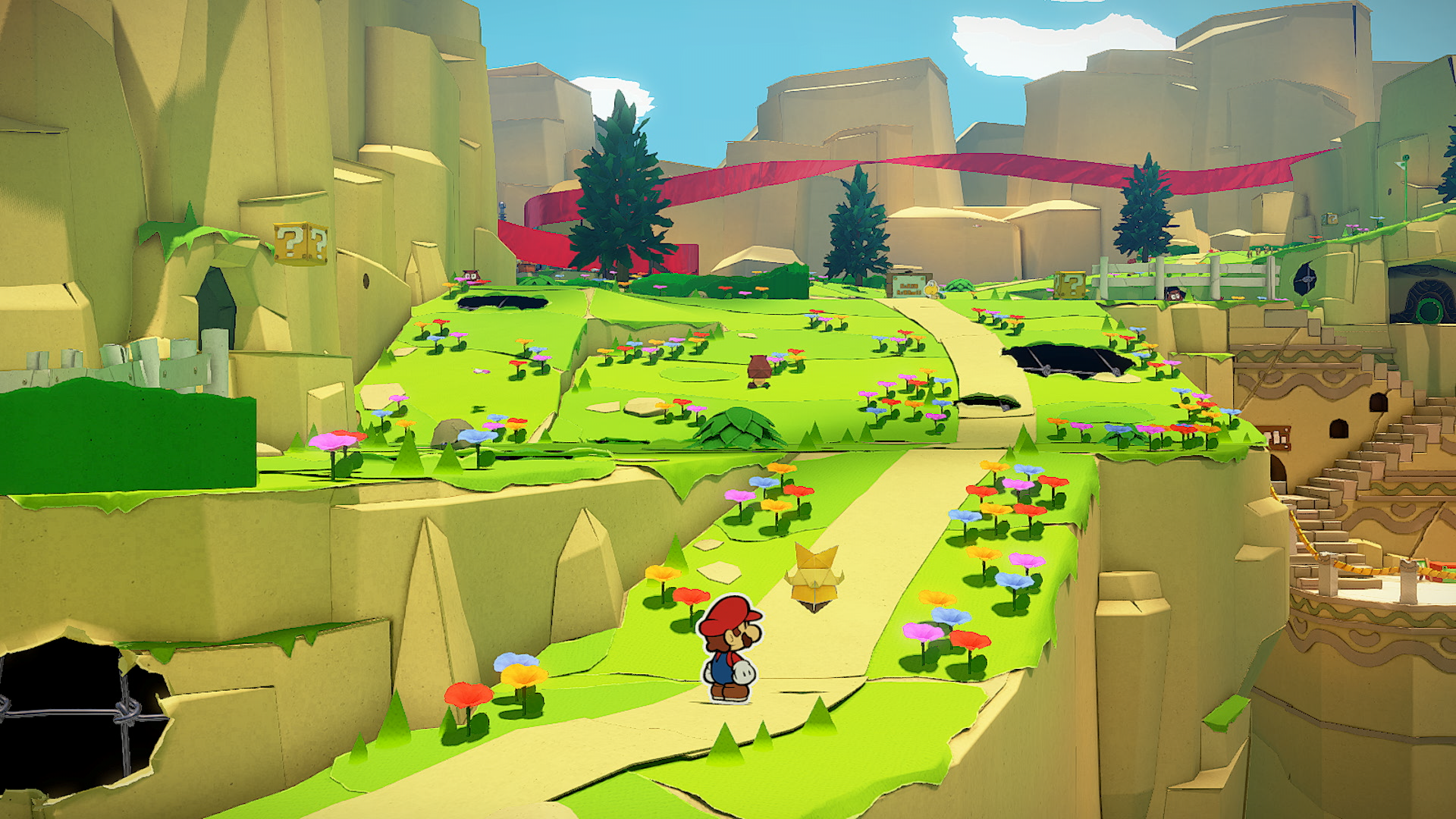
I have been gaming for 30 years, starting mostly with PC Gaming, where I developed a penchant for classic point and click games. Over time I discovered Nintendo, starting with the Game Boy and the Super Mario Land games. Here, my love for Nintendo grew as I discovered many of their other franchises, from Zelda to Pokémon. These days I play a bit of everything but Nintendo and their unique creativity always keeps me coming back for more.


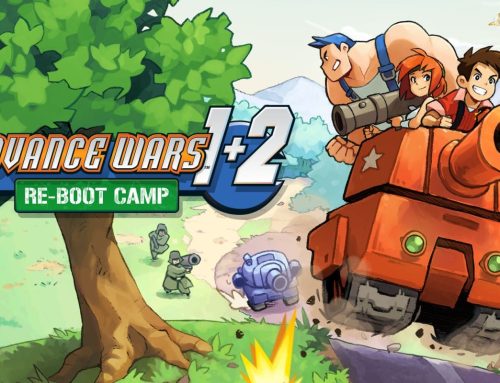
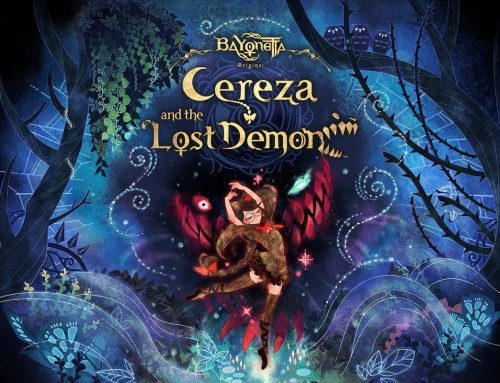
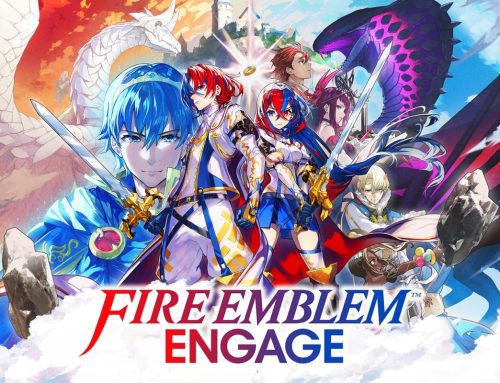
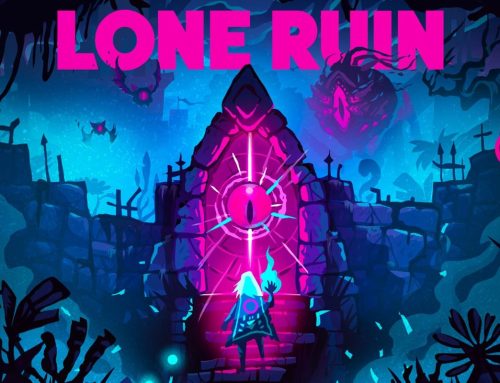
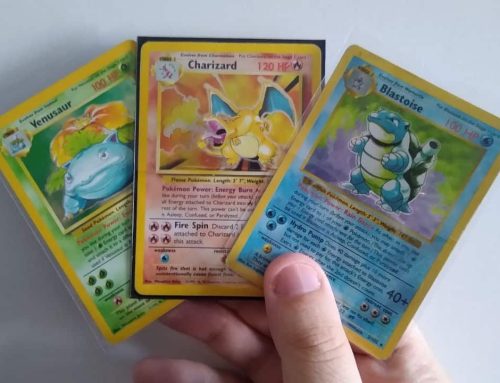
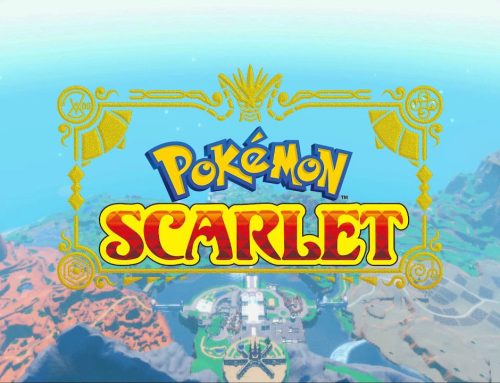
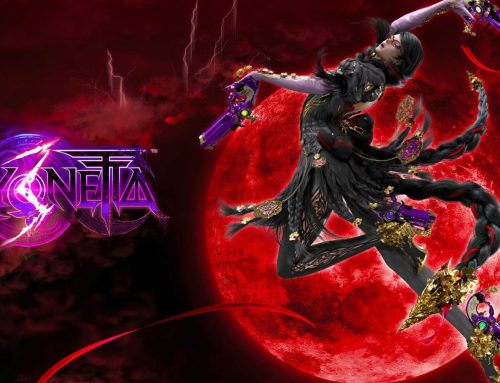
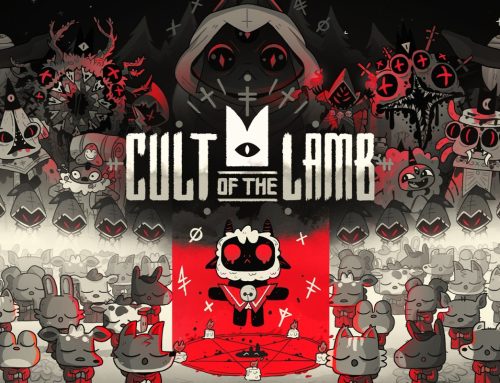
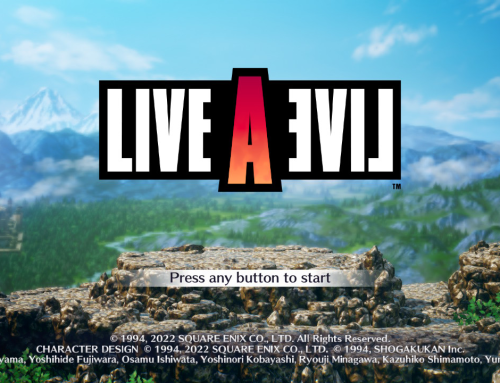

Leave A Comment
You must be logged in to post a comment.